In less than 15 days’ time, India will be going to its 17th Lok Sabha elections. And as the country prepares for one of the largest elections in the world, here are a few election practices from across the world that India should take cues from.
1. In Canada, there is no deadline for people to register themselves as voters. Citizens are allowed to register even when they arrive at the polls on Election Day.
In India, one cannot vote if his/her name isn’t registered in the electoral rolls. This eliminates the chances of voting on the spot on Election Day.
Canada, on the other hand, allows its citizens to register themselves for voting on the polling day. This is also one of the reasons why it has one of the highest voter turnouts in the world.
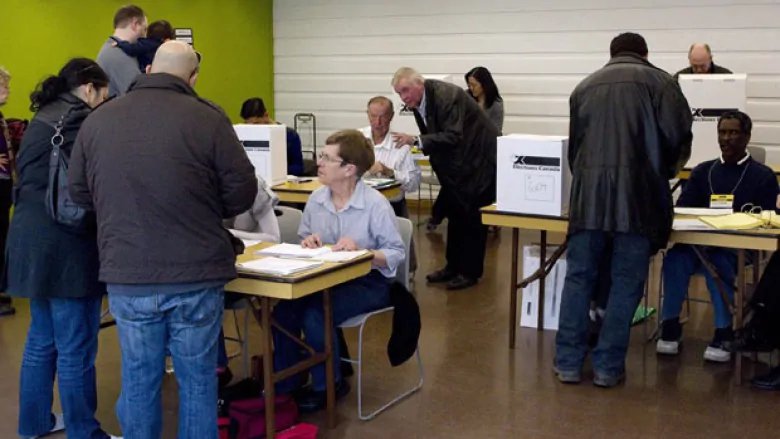
2. Several countries like Argentina, Australia, and Brazil enforce compulsory voting.
Compulsory voting is a system in which voters are obliged to vote in elections. If an eligible voter does not exercise vote, he or she may be subject to punitive measures such as fines and penalties.
Although the Indian Constitution bestows upon its citizens the right to vote, there is no law that makes the their participation in elections mandatory.
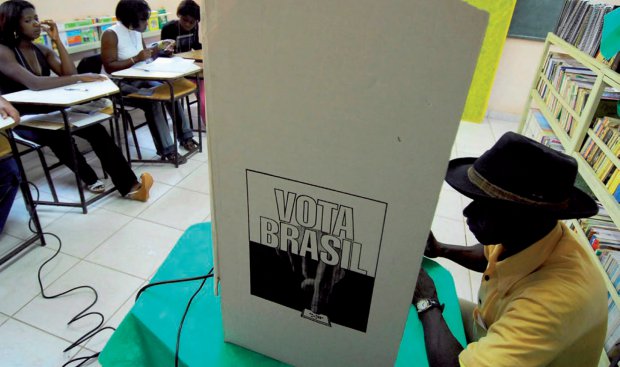
3. In Estonia, people can vote online without worrying about security threats.
Estonia has been holding elections over the Internet since 2005. It was also the first country in the world to hold online parliamentary elections in 2007.
If India adopts this practice, frauds, security breaches and booth capturing during elections can be minimised to a great extent.

4. In Switzerland, citizens can vote by mail and even days ahead of the election day.
All voters in Switzerland receive a ballot by mail about three weeks ahead of the election day. They can send in their votes at any point during the period leading up to election day, or also vote normally at the polling booth using the ballots they received previously.
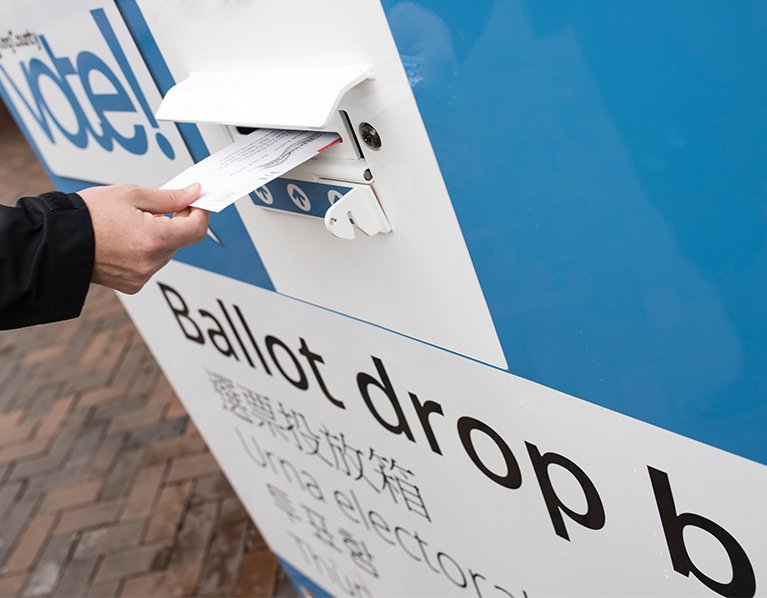
5. In Sweden, people don’t need to register themselves as voters, the government does that for them automatically.
The Swedish government makes sure that voters are registered automatically in the electoral rolls. This ensures that people don’t miss out on voting just because they couldn’t register themselves.
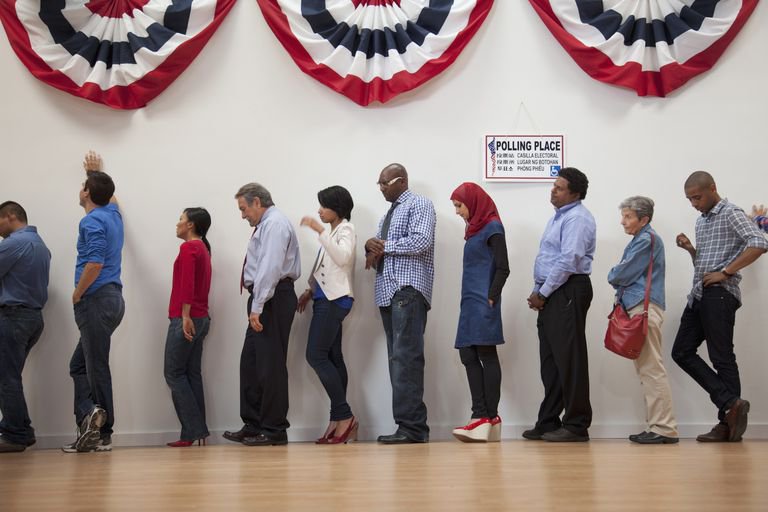
6. Unlike India, people in Australia can vote from any polling booth all across the country.
One of the major reasons for a low voter turnout in India is that people aren’t able to reach their hometowns to cast their votes at a particular polling booth. In Australia, people are allowed to vote from any polling booth across the country.
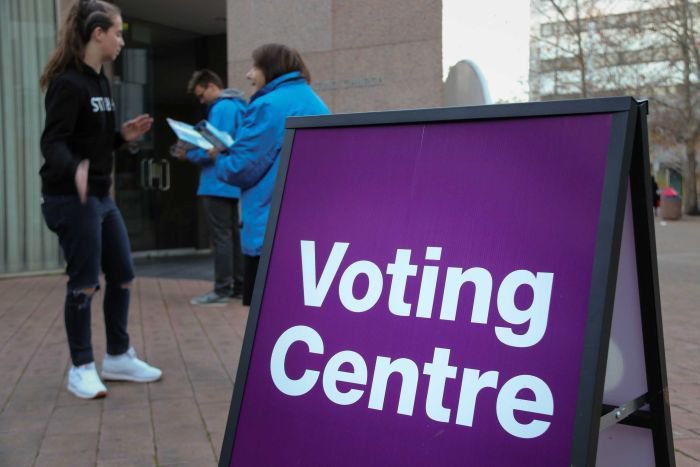
7. In US, it is customary for the main candidates to indulge in debates on the most controversial issues of that particular time.
Presidential debates in the US help people know their candidates well, as these debates are broadcasted on TV, radio, and Internet. The same practice, if adopted in India, will educate voters about their candidates.
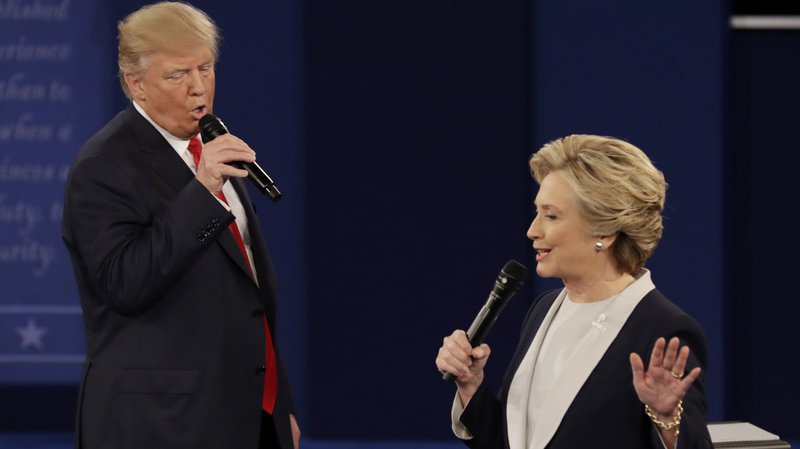
8. In the UK, political parties can only spend $30 million in the year before an election.
The Election Commission of India imposes limits on the expenditure incurred by a candidate, but not political parties, on their election campaign.
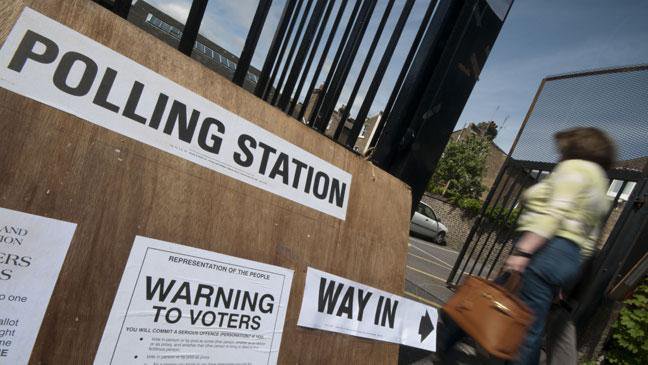
9. In Germany, political parties release just one 90-second television ad.
In contrast to what happens in India, advertising campaigns in Germany are quite limited. In Germany, parties are given airtime on two public television networks based on their performance in the past election and the size of their party. Each party usually only makes a 90-second long ad to convey their message during those slots.

If adopted, these strategies that have proven effective elsewhere can change the election scene in India too.

















